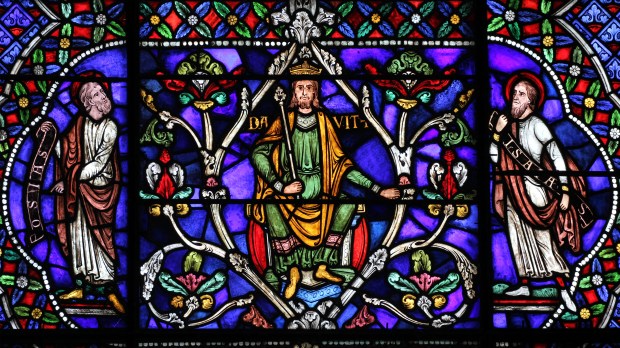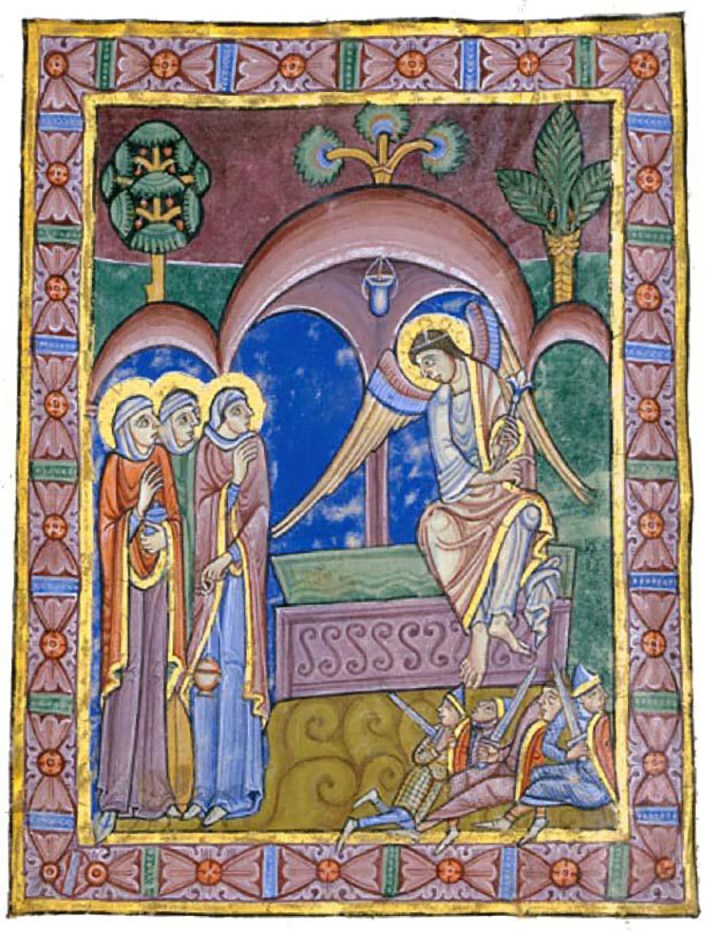Lenten Campaign 2025
This content is free of charge, as are all our articles.
Support us with a donation that is tax-deductible and enable us to continue to reach millions of readers.
It’s rare for anything like media frenzy to surround medieval art. The discovery that some of the stained glass windows in Canterbury Cathedral are older than previously thought has caused considerable excitement. Much is now being written about the science of “spectrometry,” along with more wistful musings about these windows looking down on St. Thomas Becket as he was murdered in the year 1170.
Two elements have been left out of the media picture. One is about the artistic content; the other is the journey that some of the windows made to the USA eight years ago. The first omission is understandable, as the glass shows 86 of Christ’s ancestors, starting with Adam. This is a lot of people, none of whom has a known appearance.
The second omission concerns the J. Paul Getty Museum in Los Angeles and the Metropolitan Museum of Art, New York. These two museums put on scholarly exhibitions in 2013-14 that went beyond the struggles of installing a 15-foot-high window and other slightly smaller components. They also made a comparison with the relatively minuscule art of illuminated manuscripts. An early 12th-century psalter from St. Albans Cathedral was put alongside the massive stained glass to show conceptual similarities 850 years ago. The manuscript is perhaps 50 years older than the glass. With its powerfully delineated figures and strong colors, the psalter marks the arrival of Romanesque art in England; the window shows the style at its height.
In 2015, while the Canterbury windows were away from their usual high-altitude home, they provided the focal point of an exhibition in the UK. I’m not sure what the venue tells us about the relative importance of the windows on different sides of the Atlantic. While American art lovers were treated to two of the grandest display spaces in the world, the British leg of the tour was held in the Chapter House of Canterbury Cathedral. Few were even aware that it was happening at the time. Now that the windows have been declared to be by far the oldest in England, maybe it’s time for a world tour? Perhaps it could start at the Museum of the Cross, if it ever finds a venue.
The virtual Museum of the Cross
The Museum of the Cross, the first institution dedicated to the diversity of the most powerful and far-reaching symbol in history. After 10 years of preparation, the museum was almost ready to open; then came COVID-19. In the meantime, the virtual museum has started an Instagram account to engage with Aleteia readers and the stories of their own crucifixes: @crossXmuseum



